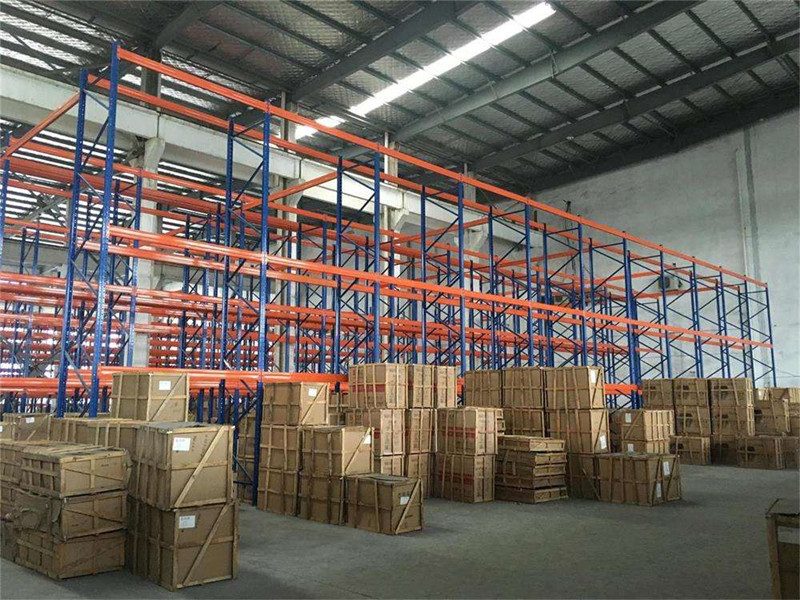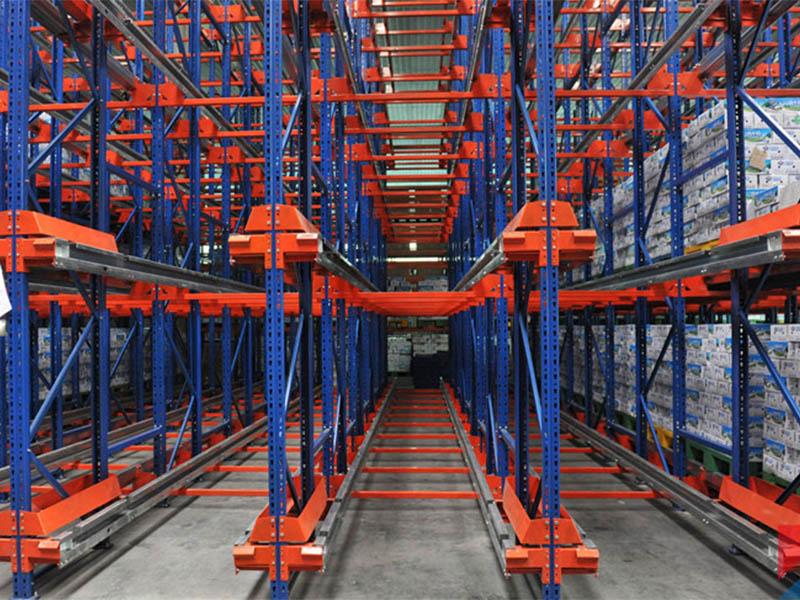Selective rack is a highly efficient storage solution widely used in warehouses, distribution centers, and manufacturing facilities. Designed for easy access to individual pallets, selective rack systems maximize storage density while maintaining quick retrieval times. This guide explores the key aspects of selective rack, including its benefits, types, applications, and best practices for implementation.

1. What Is a Selective Rack?
A selective rack is a pallet storage system that allows direct access to each stored load without requiring the movement of other pallets. Unlike drive-in or push-back racks, selective racks provide unmatched accessibility, making them ideal for operations with high SKU variety and frequent inventory turnover.
Key features of selective rack systems include:
Single-deep storage – Each pallet is stored individually in a lane.
Forklift accessibility – Aisles are designed for easy forklift navigation.
Adjustable beams – Rack heights can be modified to accommodate different load sizes.
2. Advantages of Using Selective Rack Systems
Selective rack offers numerous benefits for warehouse operations, including:
High Accessibility
Since each pallet is directly accessible, selective rack systems reduce loading and unloading times, improving operational efficiency.
Flexibility in Storage
With adjustable beams and configurations, selective racks can store various pallet sizes and weights, making them suitable for diverse industries.
Cost-Effectiveness
Compared to more complex systems like drive-in racks, selective racks are easier to install and maintain, reducing long-term costs.
Improved Inventory Management
Quick access to individual pallets enhances inventory tracking and reduces errors in order fulfillment.
Scalability
Businesses can easily expand selective rack systems as storage needs grow, making them a future-proof solution.

3. Common Types of Selective Rack Systems
Selective racks come in different configurations to meet specific storage needs:
Standard Selective Rack
The most common type, featuring upright frames and horizontal beams that support pallets in a single-deep arrangement.
Narrow Aisle Selective Rack
Designed for warehouses with limited space, these racks use specialized forklifts to navigate narrower aisles, increasing storage density.
Mobile Selective Rack
Equipped with movable bases, these racks slide along tracks to create temporary aisles, optimizing space utilization.
Cantilever Selective Rack
Used for storing long or bulky items like pipes and lumber, cantilever racks have arms extending from vertical columns.
4. Applications of Selective Rack in Various Industries
Selective rack systems are versatile and widely used across multiple sectors:
Retail & E-Commerce Warehousing
Fast-moving consumer goods (FMCG) and e-commerce businesses benefit from selective racks due to quick order-picking capabilities.
Food & Beverage Storage
Perishable goods require efficient rotation (FIFO), and selective racks ensure easy access to all pallets.
Manufacturing & Automotive
Factories use selective racks to store raw materials and finished products for streamlined production workflows.
Pharmaceutical & Healthcare
Temperature-sensitive medical supplies and pharmaceuticals need organized, accessible storage, making selective racks ideal.
Cold Storage Facilities
Selective racks in cold storage environments help maintain product integrity while allowing efficient retrieval.
5. Best Practices for Implementing Selective Rack Systems
To maximize the benefits of selective rack, consider the following best practices:
Optimize Aisle Width
Ensure aisles are wide enough for forklifts but not excessively large to waste space. Narrow aisle configurations can boost storage density.
Use High-Quality Materials
Invest in durable, corrosion-resistant racks, especially in cold storage or humid environments.
Implement Proper Load Distribution
Avoid overloading beams and ensure weight is evenly distributed to prevent structural damage.
Regular Maintenance & Inspections
Conduct routine checks for damaged components and ensure bolts and beams remain secure.
Leverage Warehouse Management Systems (WMS)
Integrate selective racks with WMS software to enhance inventory tracking and order accuracy.
Selective rack systems remain one of the most efficient and flexible storage solutions for modern warehouses. Their high accessibility, cost-effectiveness, and adaptability make them suitable for various industries. By understanding the different types, benefits, and best practices, businesses can optimize their storage operations and improve overall efficiency.
Whether you're managing a retail warehouse, a manufacturing plant, or a cold storage facility, implementing a well-designed selective rack system can significantly enhance productivity and space utilization.
Would you like help selecting the right selective rack for your business? Contact us today for expert advice!







